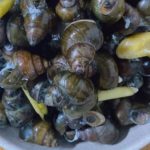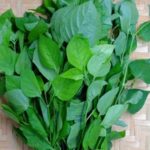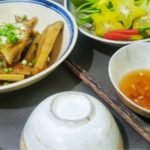Water spinach is a popular dish among the Vietnamese, but many states in the US prohibit the cultivation of this vegetable.
Since the 1970s, some states in the US have banned the cultivation of water spinach, such as Southern states like Florida, Texas, and Georgia… Recently, Georgia has allowed the legal sale of this vegetable, but it is still not allowed to be grown.
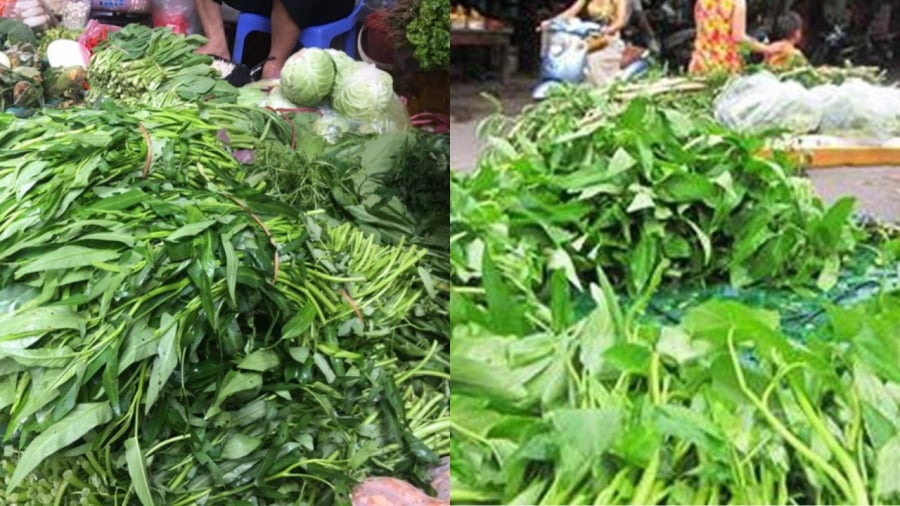
Water spinach is a common vegetable in Vietnamese cuisine and is used in many delicious dishes such as boiled, stir-fried, salads, and fermented. Water spinach is almost ubiquitous in Asian countries. In folk beliefs, it is considered forbidden to eat water spinach when taking traditional Chinese medicine, as it is believed to counteract the effects of the medicine or when there are wounds to avoid scarring.
In the US, some states ban water spinach because it is a fast-growing plant that can invade and disrupt the local ecosystem. Water spinach can grow as fast as weeds with just a little moisture, so it is considered a harmful plant to native flora and fauna. If not controlled, the fast growth of water spinach can affect local water pipes and irrigation channels. Water spinach grows quickly and requires a lot of water, making it a breeding ground for mosquitoes and insects. Tropical states that are not suitable for water spinach cultivation have strict regulations to control this vegetable. Therefore, people are not allowed to grow water spinach on lakes or canals and must grow them in greenhouses. Therefore, the prohibition of growing water spinach is for the safety of the local vegetation, not because this vegetable is harmful when consumed.

In Asian cuisine, water spinach is a cooling vegetable that is good for preventing constipation. Water spinach is also very nutritious and easy to cook, hence it is widely used.
However, eating water spinach carelessly can pose some risks:
Water spinach can carry parasites. Water spinach itself prefers water, so it can be contaminated with aquatic parasites. Therefore, when eating, it is necessary to pay attention to cleaning, especially when eating raw. It should be thoroughly washed and preferably soaked in alkaline water or baking soda solution to avoid the risk of infection with parasites.
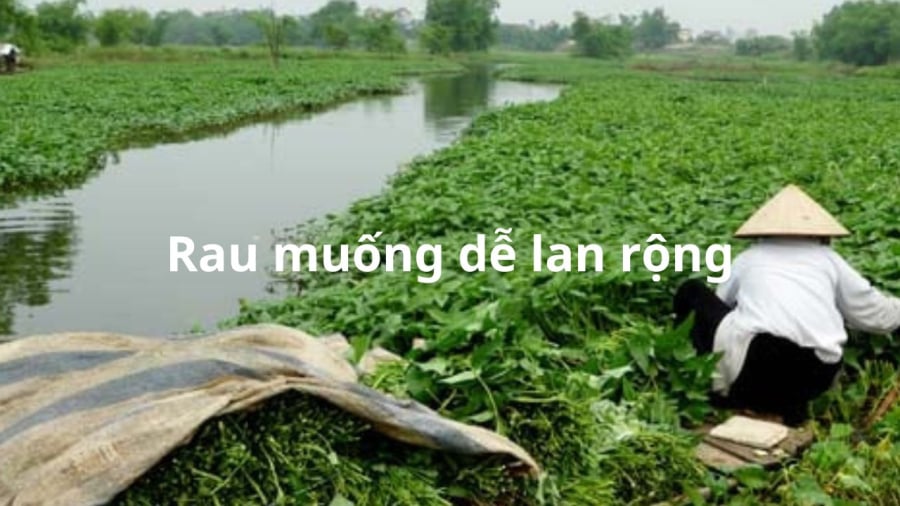
Water spinach is also a vegetable that is at risk of being sprayed with excessive pesticides and nitrogen fertilizers to promote rapid growth and prevent pests and diseases. If not careful, you can be poisoned. A tip for housewives is that when boiling water spinach, if the water turns green and cloudy, it means that the vegetable is heavily contaminated with nitrogen and should not be eaten. The water of water spinach should be light green and slightly yellowish.
Those with joint pain and arthritis should also limit their consumption of water spinach as it may exacerbate the pain. Therefore, you should experiment whether it is suitable for your body before eating it.
Those using traditional Chinese medicine should take the medicine at a different time from consuming water spinach to avoid adverse reactions. Those undergoing treatment or surgery should also avoid eating this vegetable until fully recovered.
“Tempt Your Taste Buds with These 7 Mouthwatering Snakehead Fish Dishes”
Are you ready to get creative in the kitchen? Asian Seabass, or Cá he, provides a unique flavor and delightful texture that cannot be matched. As this type of fish is part of the grouper family, it has a fatty and fragrant taste to it. All you need to do now is look to the 7 mouthwatering recipes we have for you to try! So, fire up the stove – it’s time to start cooking!

























